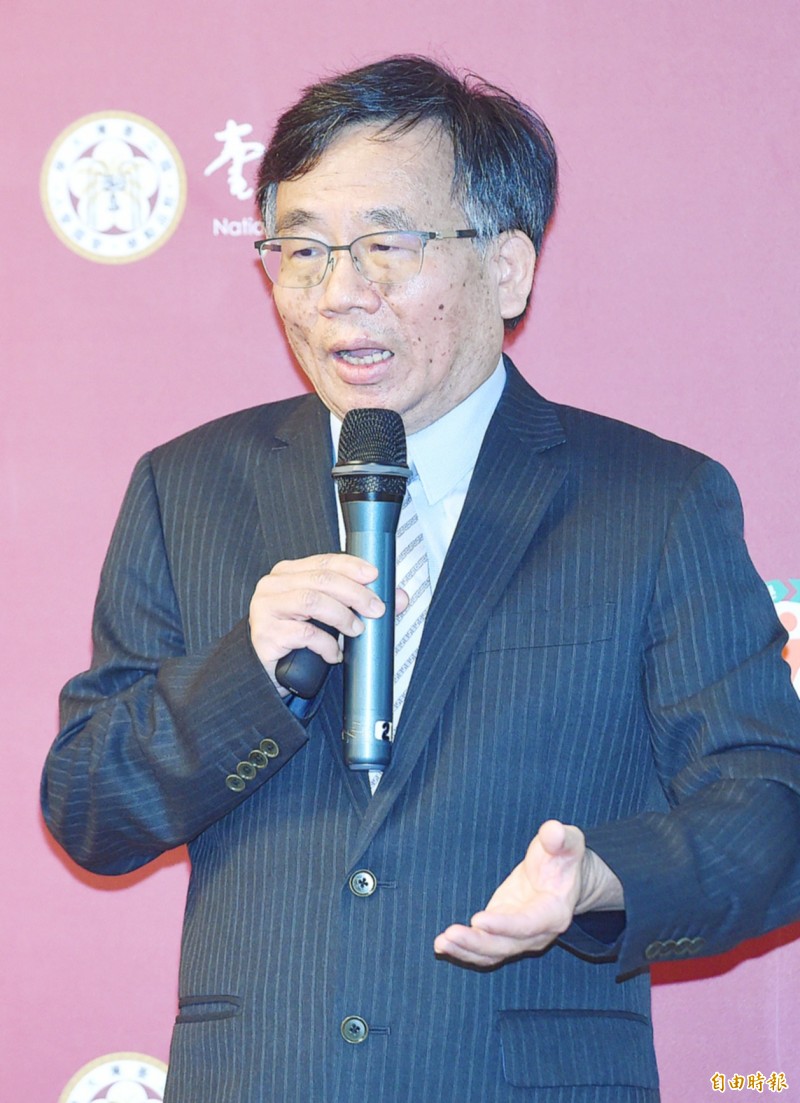《TAIPEI TIMES》 NTU dean suggests shorter quarantine

National Taiwan University College of Public Health vice dean Tony Chen presents his policy proposals yesterday in Taipei. Photo: Liao Chen-huei, Taipei Times
POLICY PROPOSAL: Shorter quarantines with stricter test requirements would help keep the number of undetected asymptomatic cases low, preventing flare-ups of COVID-19
By Lee I-chia / Staff reporter
National Taiwan University (NTU) College of Public Health vice dean Tony Chen (陳秀熙) yesterday said a classification for foreign countries based on COVID-19 infection risk should be introduced, and the mandatory 14-day quarantine shortened to five days with two mandatory tests for travelers from high-risk countries.
New imported cases and foreign nationals testing positive after returning home from Taiwan has sparked public debate on whether the government should expand COVID-19 testing to all inbound travelers to better detect asymptomatic cases locally, he said.
Taiwan has so far done a good job detecting most COVID-19 cases at its border, due to strict border control policies, including testing of all inbound travelers with symptoms and a 14-day home quarantine for all arriving travelers, but it might miss asymptomatic cases, which might lead to local outbreaks, Chen added.
Based on data on imported cases, he said that the majority of them developed symptoms within five days after entering Taiwan and that a five-day quarantine with two tests might be more effective than the current policy.
If travelers are tested upon arrival, quarantined for five days and tested again, more than 99 percent of cases would also have be detected, he said.
However, Chen said that he is not suggesting that COVID-19 testing should be required for all arriving travelers, but the government should consider classifying countries of departure into the categories — low, medium and high infection risks — and implement a two-test policy on travelers from high-infection-risk countries.
Expanded testing would not render a quarantine policy unnecessary, but Taiwan should improve its testing to prevent asymptomatic COVID-19 carriers from entering local communities, he said, adding that earlier detection of cases would also allow for earlier treatment and reduce the risk of severe cases.
If asymptomatic COVID-19 cases in Taiwan remain under 50, the risk of local outbreaks would be low, but if the number increases to more than 100 or 200 people, Taiwan might face a resurgence of locally transmitted infections, he said, adding that some countries have seen COVID-19 flare up again in the past few weeks.
However, Fang Chi-tai (方啟泰), a professor at NTU’s Institute of Epidemiology and Preventive Medicine, said that data from South Korea, which implemented a policy on testing all arriving travelers since May 11, showed that it did not increase the detection rate of imported cases, and the number of locally transmitted cases did not decrease either.
All the existing tests are not perfectly accurate and might show false-negative or false-positive results, he said, adding that comprehensive evaluation according to clinical and epidemiological data was needed.
Testing all travelers upon arrival might cause those who test negative to let down their guard during quarantine, he said.
Strictly implementing the current policy of a 14-day quarantine and an additional seven-day self-health management would be a better method of preventing imported cases causing local infections, Fang said, adding that mask wearing remains equally important.
新聞來源:TAIPEI TIMES














